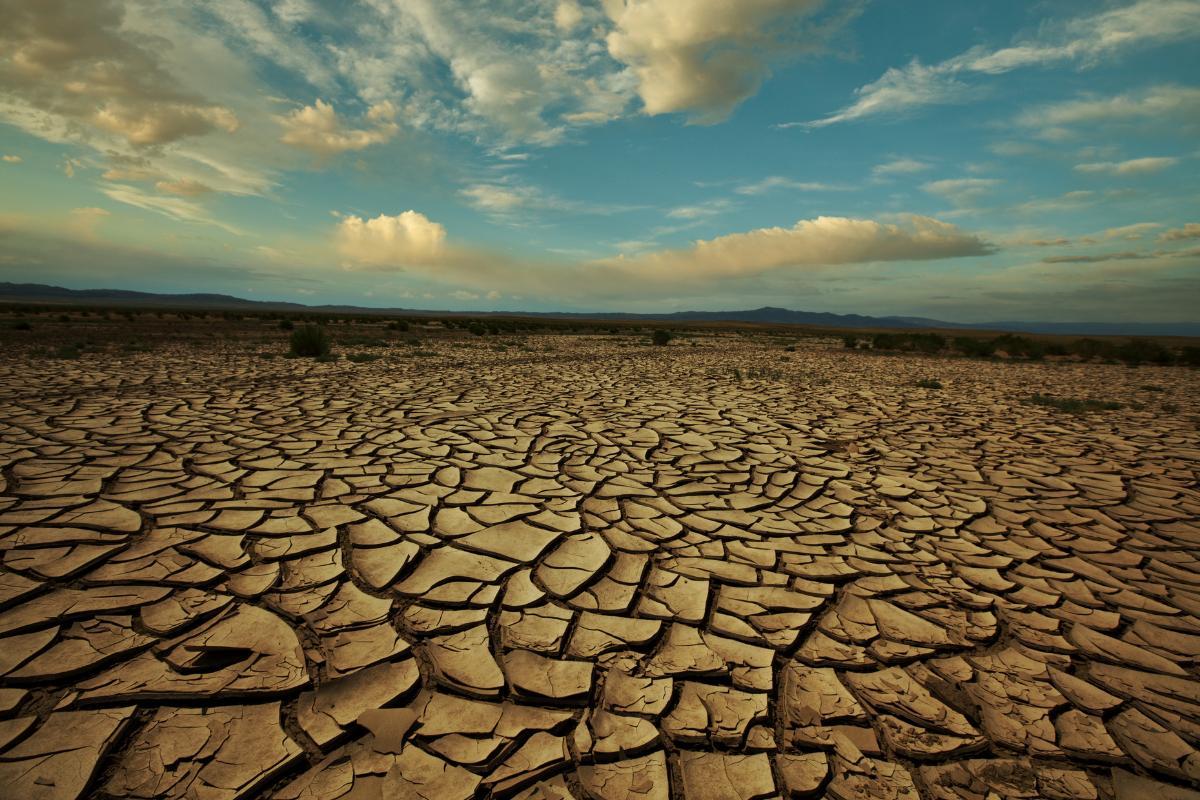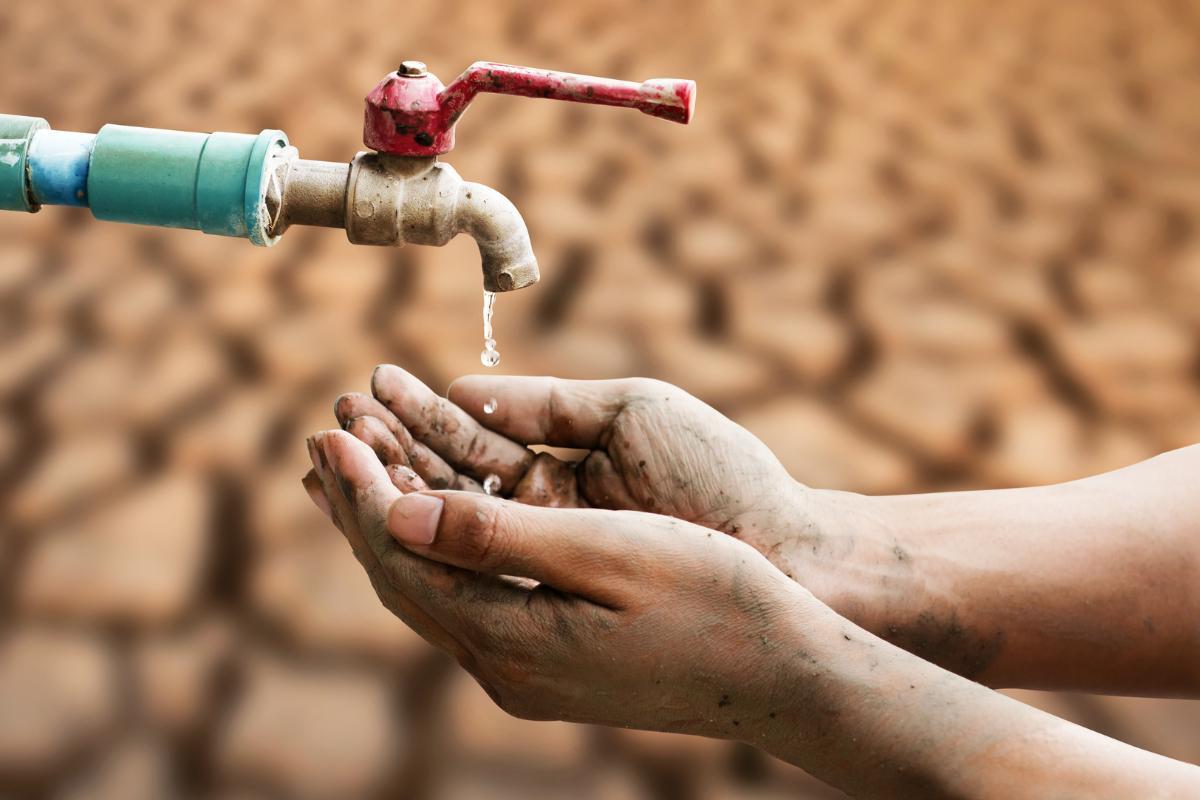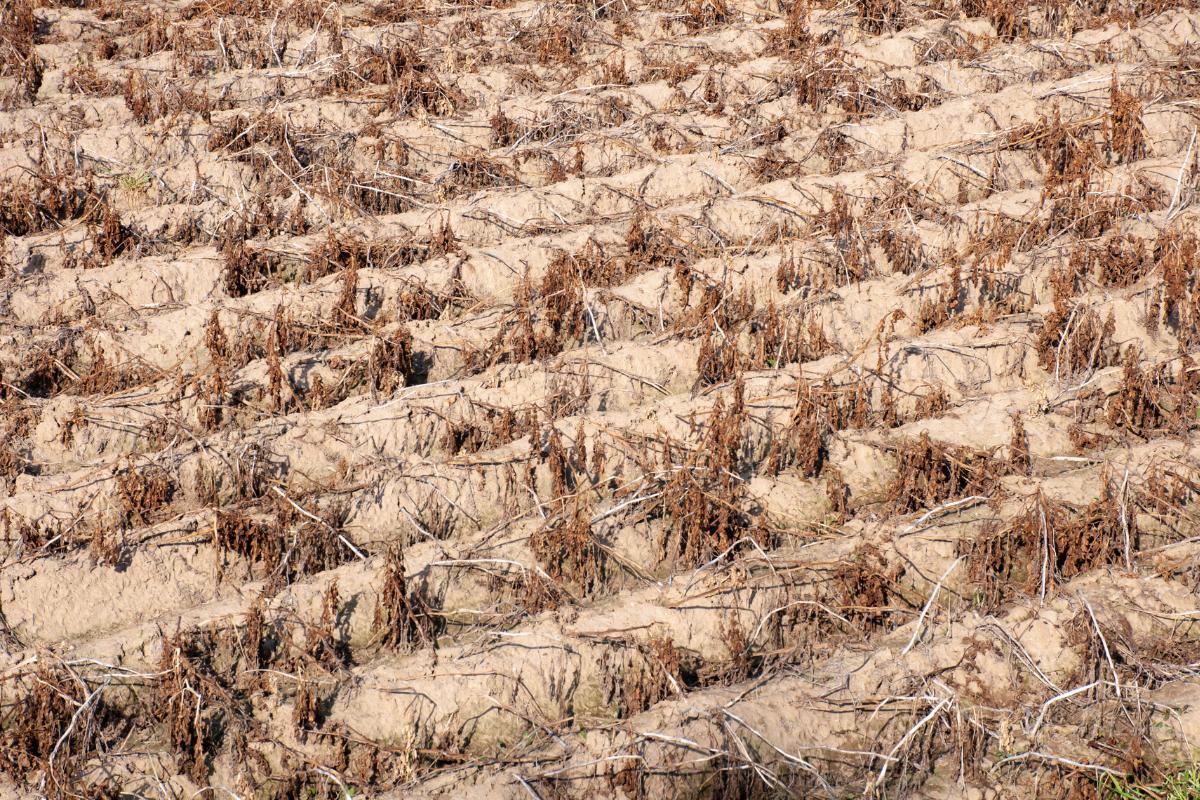What Is Water Stress?


Did you know that by 2050, nearly half of the world's population could be living in areas experiencing water stress? Water stress occurs when the demand for freshwater outpaces the available supply in a particular region. This imbalance can be caused by limited freshwater resources, increasing demand, or a combination of both. It's a critical issue because water is essential for life and human well-being.
This article by thedailyECO will delve into what water stress is, explore its causes and far-reaching consequences, and offer potential solutions to ensure a sustainable water future.
What is water stress?
Water stress occurs when the demand for drinking water exceeds the available supply during a specific period, or when the water quality is too poor for human consumption.
According to the United Nations and other global bodies, currently, about 1 in 6 people are affected by water stress, and this situation is expected to worsen. By 2025, it is projected that 1.9 billion people will live in regions with absolute water scarcity, and two-thirds of the global population could experience water stress.
North Africa and Asia are among the regions most severely impacted by water stress. In these areas, renewable water resources are often fully utilized each year, leading to the depletion of natural water sources. This situation exacerbates the challenges related to water availability and quality.
Access to safe drinking water and sanitation is recognized as a fundamental human right essential for health and well-being. Water's role extends beyond the domestic sphere, being crucial for food production, energy generation, industrial processes, and ecosystem maintenance.
Is water stress the same as water scarcity?
These two terms are closely related, but there are some subtle differences. On the one hand, water scarcity refers to the physical limitation of available freshwater resources in a specific region. There simply isn't enough freshwater to meet the demand. On the other hand, water stress considers both the availability of freshwater resources and the demand placed on those resources. A region can experience water stress even if it has decent freshwater supplies, if the demand for water is very high.

How is water stress caused?
Water scarcity arises from a complex interplay of factors affecting both supply and demand.
Agriculture is the largest consumer of freshwater globally, accounting for approximately 70% of global freshwater withdrawals. The expansion of agricultural areas and intensive irrigation practices often lead to unsustainable water extraction. Inefficient irrigation methods and lack of advanced technologies exacerbate this issue, resulting in significant water loss through evaporation and runoff.
Industries require substantial amounts of water for various processes, including production, cooling, and cleaning. Uncontrolled and high-demand industrial water use can overexploit local water resources, diminishing the availability of water for domestic and ecological needs. This includes over-extraction from renewable groundwater sources and fossil groundwater, which are ancient reserves that are not replenished on a human timescale.
Climate change significantly impacts water availability. Higher temperatures increase evaporation rates and alter precipitation patterns, leading to reduced renewable water resources. A commonly cited statistic is that a 1°C rise in temperature could result in a 20% decrease in renewable water resources. Changes in the hydrological cycle due to climate change can lead to more extreme weather events, such as prolonged droughts and intense floods, further stressing water resources.
As the global population grows, the demand for water intensifies. More people means more water is needed for drinking, sanitation, and hygiene. Additionally, increased economic and industrial activities, as well as higher energy production, require more water, adding to the stress on available water resources.
Human activities such as deforestation, urbanization, and infrastructure development alter natural hydrological basins. These changes can disrupt the natural flow and storage of water, leading to reduced groundwater recharge and increased surface runoff. Consequently, there is a higher risk of flooding in some areas and diminished water availability in others.
Did you know even freshwater needs a makeover? Discover the surprising process of making water potable in our related article.
How do you identify water stress?
Identifying water stress involves looking at several key factors and using different methods to get a clear picture of the situation. One major sign of water stress is the balance between water availability and demand. Regions with low natural water resources or high water demand from people and industries are more likely to face water stress.
Several methods can be used to identify water stress. Water stress indexes from organizations like the World Resources Institute (WRI) compare water use to available resources, giving a regional overview. Remote sensing, such as satellite images, can track water levels in lakes, reservoirs, and rivers to spot areas with decreasing water availability. Local monitoring is also important; communities can observe water use patterns, well levels, and stream flows to detect potential problems.
Understanding water stress is just the beginning. Learn about the various types of water resources that sustain us in our follow-up article.
What are the consequences of water stress?
Water scarcity has a ripple effect across societies and ecosystems, leading to a variety of concerning consequences:
- Impact on human health: lack of access to clean water forces populations to consume contaminated water, leading to diseases such as gastrointestinal infections, cholera, typhoid fever, and hepatitis A. Additionally, water scarcity can reduce personal hygiene, increasing the spread of infectious and parasitic diseases.
- Food shortages: water scarcity affects agriculture by limiting irrigation, reducing crop yields, and leading to food shortages. Insufficient water supply for irrigation can severely impact food production, threatening food security.
- Impact on livestock: livestock requires adequate water for hydration. Water scarcity can result in increased mortality rates among animals and decreased production of meat, milk, and other animal products.
- International conflicts: scarce water resources can lead to political tensions and conflicts between communities, countries, and regions. Competition over limited water supplies has historically been a source of dispute and can escalate to armed confrontations.
- Forced human displacement: people living in areas with insufficient water resources may be forced to migrate in search of better living conditions. Water stress is a significant factor driving forced migration and displacement.
- Degradation of ecosystems and biodiversity: water scarcity can lead to the migration of animals in search of water, disrupting ecosystems. Reduced water flow affects aquatic species that depend on specific water conditions for reproduction and survival, leading to biodiversity loss.
- Economic impact: water scarcity negatively impacts various economic sectors, including agriculture, industry, and tourism. Reduced water availability can lead to significant economic losses due to decreased production and increased operational costs.
Want to join the global conversation about water security? Discover the significance of World Water Day in our related article.

How to solve water stress?
Water stress is a serious problem, but there are several solutions we can use to tackle it. These solutions aim to both reduce water demand and increase water supply, creating a balanced approach to managing our water resources.
First, reducing demand is essential. Water conservation is crucial and involves simple changes like taking shorter showers and fixing leaky faucets, as well as larger efforts like upgrading irrigation systems in agriculture and repairing leaky pipes in water distribution networks. Educating people about the importance of saving water and teaching them how to do it can also significantly reduce demand. Additionally, fair water pricing can encourage people to use water more wisely by making them more aware of its value.
Increasing supply is also important. Investing in water infrastructure, such as building new reservoirs, fixing leaks in pipes, and improving wastewater treatment plants, can help increase the available water supply. Developing new water sources, like desalination (turning saltwater into freshwater), rainwater harvesting, and reusing wastewater, can provide more freshwater. Using water more efficiently in agriculture, which is the largest consumer of water, can also help reduce demand.
Moreover, international cooperation is important because water scarcity is a global issue. Working together on water management strategies and sharing resources can be very helpful. Technological advancements, such as developing new water-saving technologies and more efficient desalination processes, can also play a key role in solving water scarcity.
Surprised by the pressure on freshwater resources? Learn just how much of our planet is actually covered by water in our related article.
If you want to read similar articles to What Is Water Stress?, we recommend you visit our Sustainability and sustainable development category.
- Alcudia Pérez, D., García Romero, AP, & López Gonzaga, A. (2022). Water stress: problems and solutions. An analysis with a legal focus.
- FAO and UN-Water. (2022(. Progress in the level of water stress. World status and needs to accelerate indicator 6.4.2 of the SDGs, 2021. Rome.







